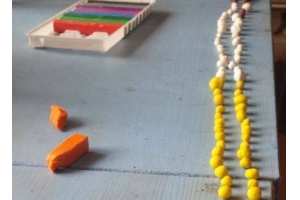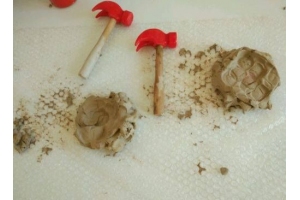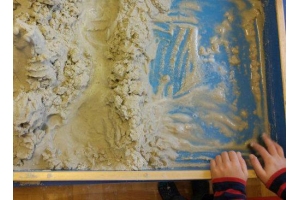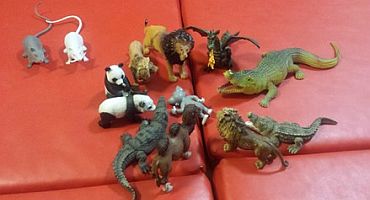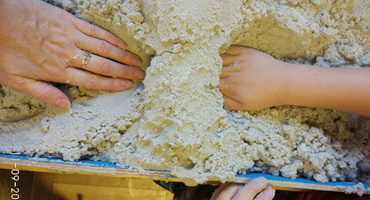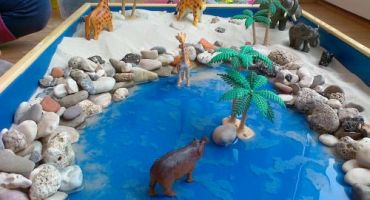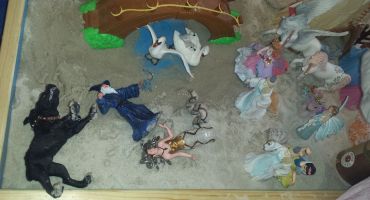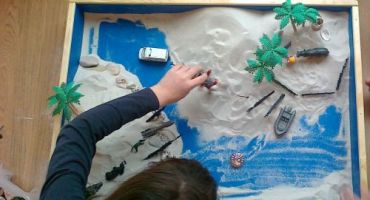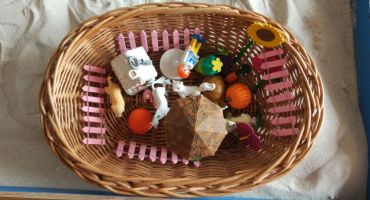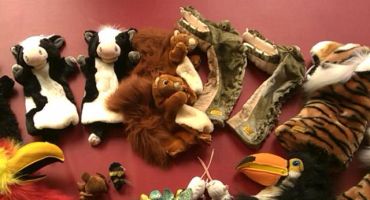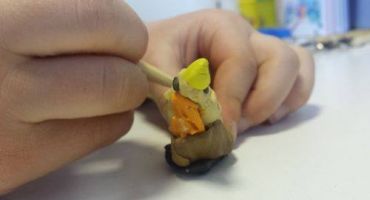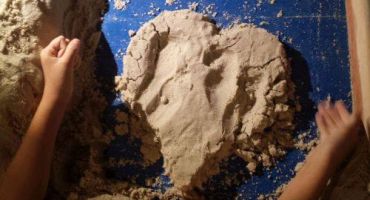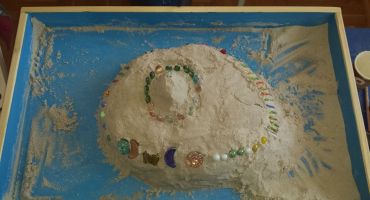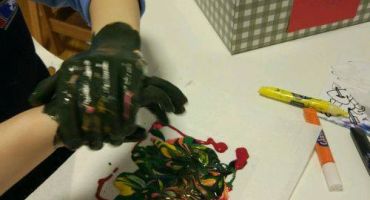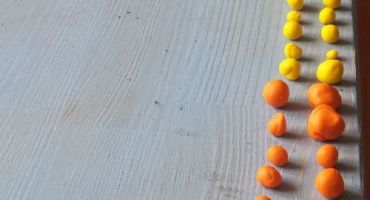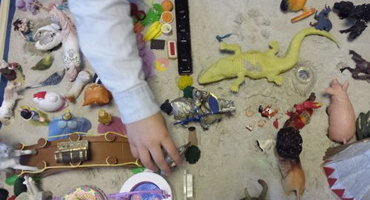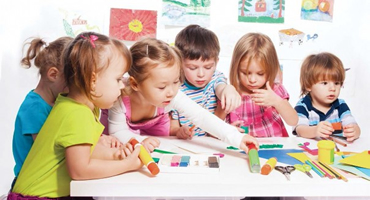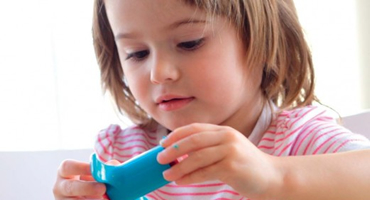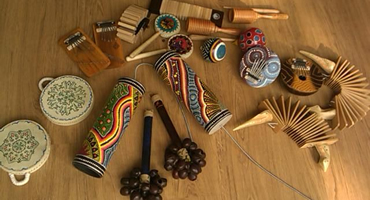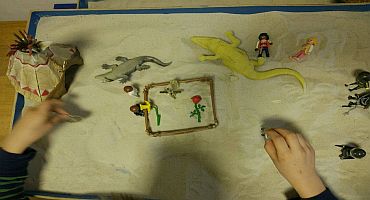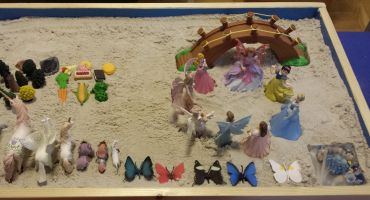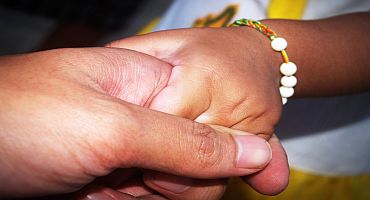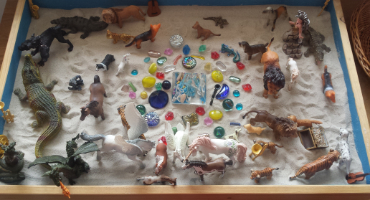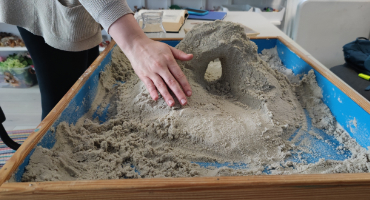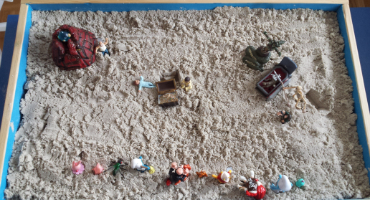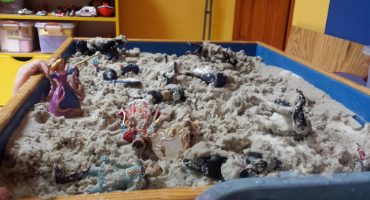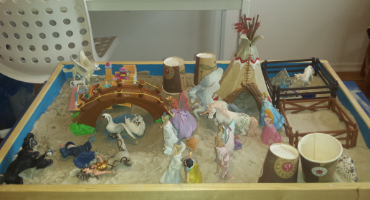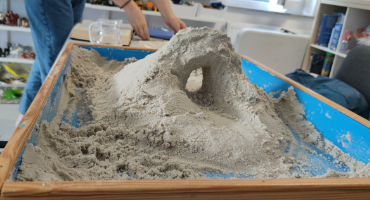In Play Therapy anything can be anything Therapy
- What is it? - asked the child to the Play Therapy therapist.
- It can be whatever you want it to be, - replied the Play Therapy therapist.
- And what is this? - continued the child.
- It can also be whatever you want it to be. Here you decide what it is, - replied the Play Therapy therapist.
After a moment's thought, the child says:
- It's a jet plane with eight remote-controlled missiles ... - and points to a small plastic shape that adults would call a fat tube rather than anything else.
Play Therapy gives the child the opportunity to discover himself in a non-judgmental way. For the therapist has one important rule, not to label the object, the child's creation in front of the child. This is because our adult label could deprive the object, or the child's creation, of its attributes, which the child needs for something.
In the Play Therapy office, there are plenty of these materials, the form of which depends only on the child. Clay, plasticine, pastry, sand, water, paints, crayons - these are therapeutic tools that stimulate the imagination to create anything. Two balls of clay for one child are mum and dad, for another it's almost a snowman, and for a third child it's a teddy bear's eyes.... Making meanings belongs only to the child.
Creative materials without an initial form are used because of their ambiguity. Some children use them to express contentment, joy, happiness. Other children use them to express hostility, resentment towards others. Creating something from formless (in other words: creative) materials, gives the child the chance to project his or her fear, jealousy, anger and a whole host of other negative emotions, into something inanimate, and therefore safe, because outside the child. Taking this a step further, the next stage in the child's therapy is to work on the created but inanimate object in order to fix it. This involves repairing negative emotions towards the created object. This can be seen when, for example, during a session the child throws plasticine or doughballs on the floor, bangs clay with a plastic hammer, hits sand with an open hand with all his strength, then the object changes shape and the child gives it another new shape. This often resembles a catharsis, followed by a sense of relief, purification, and then often a new idea for solving the problem.
Anything can be anything - a child's creation can be a symbol of a relationship, a person, a situation or an emotion experienced. Therefore, the products of the child's work should not be interpreted. The therapist's curiosity that leads to interpretation is actually the therapist's need. It is the need "to know" what it is. This need to know what it is obscures the essential purpose of creative activity, which is for the child to gain insight into himself, into the emotions he is experiencing. The therapist who interprets actually strips the product of the child's work of its meanings, which form and develop during the creative process. Only the child has the key to them. This is why he or she feels so safe in creating them. As adults, we want to know.
But is this the need of the child, our client?
Do you have any questions? Contact us.
PLAY THERAPY POLAND
Piłsudskiego 4A / lok.2 (I floor)
05-077 Warszawa
